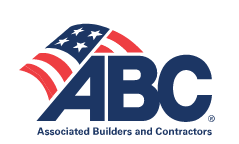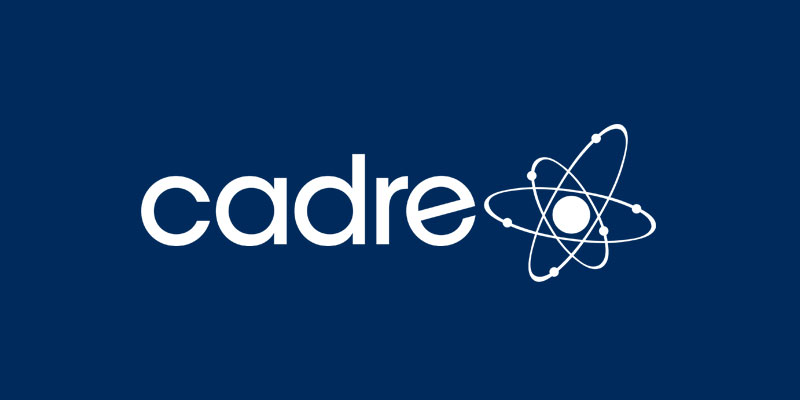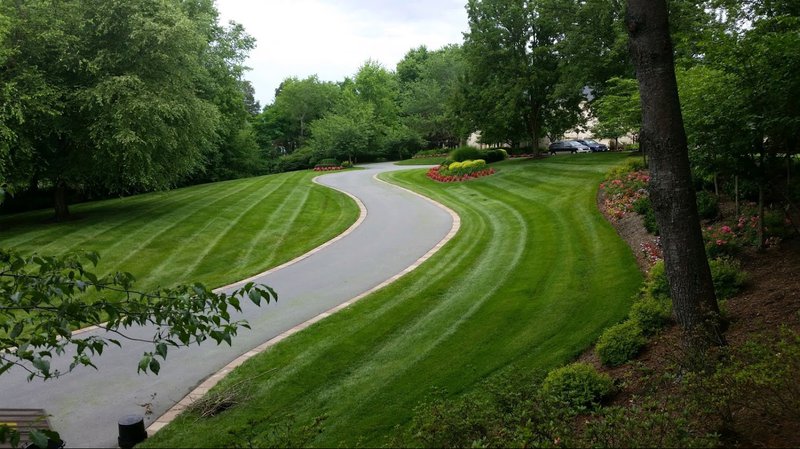
Why Aerating and Overseeding Are Essential for Your Lawn
Get that beautiful, lush grass that makes the neighbors say, "Ooooh!"
Summer heat and frequent use can take a toll on your lawn. Pets and kids often are the culprits behind a worn lawn, while hot, dry conditions and outbreaks of disease or pests can cause grass damage.
After a summer of stress, aerating and overseeding your lawn in the fall will pay off next spring, keeping your grass looking and performing its best once the snow melts.
Core aeration — which involves the removal of small soil plugs, or cores, from the lawn — is recommended for compacted, heavily used turf and to control thatch buildup. When paired with overseeding, or reseeding, before winter sets in, the result is a lush, healthy lawn come spring.
Both services are part of Rossen Landscape’s garden maintenance program. Here’s what you can expect each fall when it comes to aerating and overseeding.
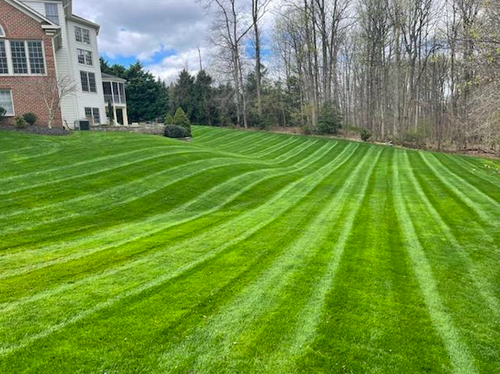
Why, How and When to Aerate Your Lawn
Aeration is performed using a machine that has hollow tines mounted on a disk or drum. An aerator extracts ½- to ¾-inch diameter cores of soil and deposits them on the lawn.
In addition to relieving compacted soil, aeration also helps if your lawn is heavily used, if your turf looks thin or unhealthy, if you have heavy clay soil, or if the thatch layer exceeds half of an inch.
Counteracting compaction is important, since it reduces the pore space within the soil that would normally hold air. Roots need oxygen to grow, as well as absorb nutrients and water. Compaction reduces the amount of air within the soil, so it has a negative impact on nutrient absorption and water infiltration. This results in poor top growth and lawn deterioration.
Aeration offers the following benefits:
- Increases water, nutrient and oxygen movement in the soil.
- Increases the activity of soil microorganisms that decompose thatch.
- Improves rooting.
- Enhances infiltration of rainfall or irrigation.
- Helps prevent fertilizer and pesticide run-off.
For the best results, aeration should take place in late August through mid-September in Northern Virginia. Lawns should be thoroughly watered two days prior to aerating, so tines can penetrate deep into the soil and the soil cores will easily fall out of the tines. These soil cores that are left on the lawn surface will work their way back into the grass in about two to four weeks. Lawns should be fertilized and overseeded following aeration.
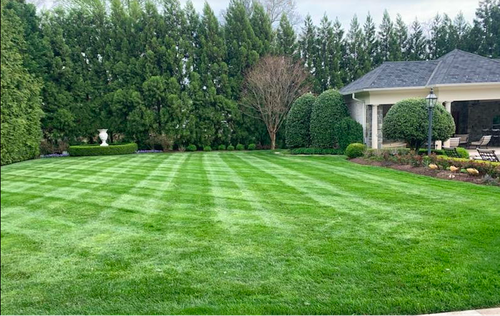
How to Achieve Overseeding Success
Following aeration, overseeding is a great way to repair turf damage and bolster thin areas before winter. This is also done in early fall, when peak temperatures are warm enough to encourage growth, but cooler nights offer delicate seedlings a break from the heat. Rainfall and soil temperatures also are ideal this time of year.
The best time to overseed your lawn is a week or so after aerating and fertilizing. In addition to having the necessary equipment and knowledge for these processes, a landscape professional can help select the right grass seed to thrive in your lawn.
Regular watering is key to the success of new grass, which takes between seven and 21 days to germinate. Make sure your irrigation system is up to the task, then consider these recommendations:
- Keep your lawn moist each day during this time to trigger germination.
- Don’t stop watering once you see growth. Seedlings must be nurtured during the first eight weeks to help establish a root system.
- Don’t apply fertilizer after overseeding, as this can create unnecessary competition from existing grass, making it harder for new seedlings to get established.
The experts at Rossen Landscape can help you make the most of the outdoors with a yard that is free from weeds and pests and abundant with blooms and lush greenery. Learn more about our turf care program, or contact us today to discuss your needs.


